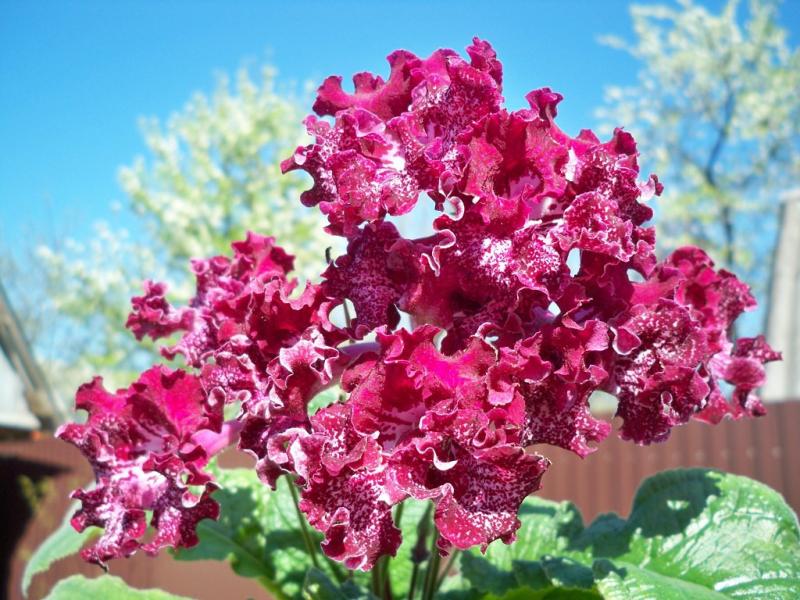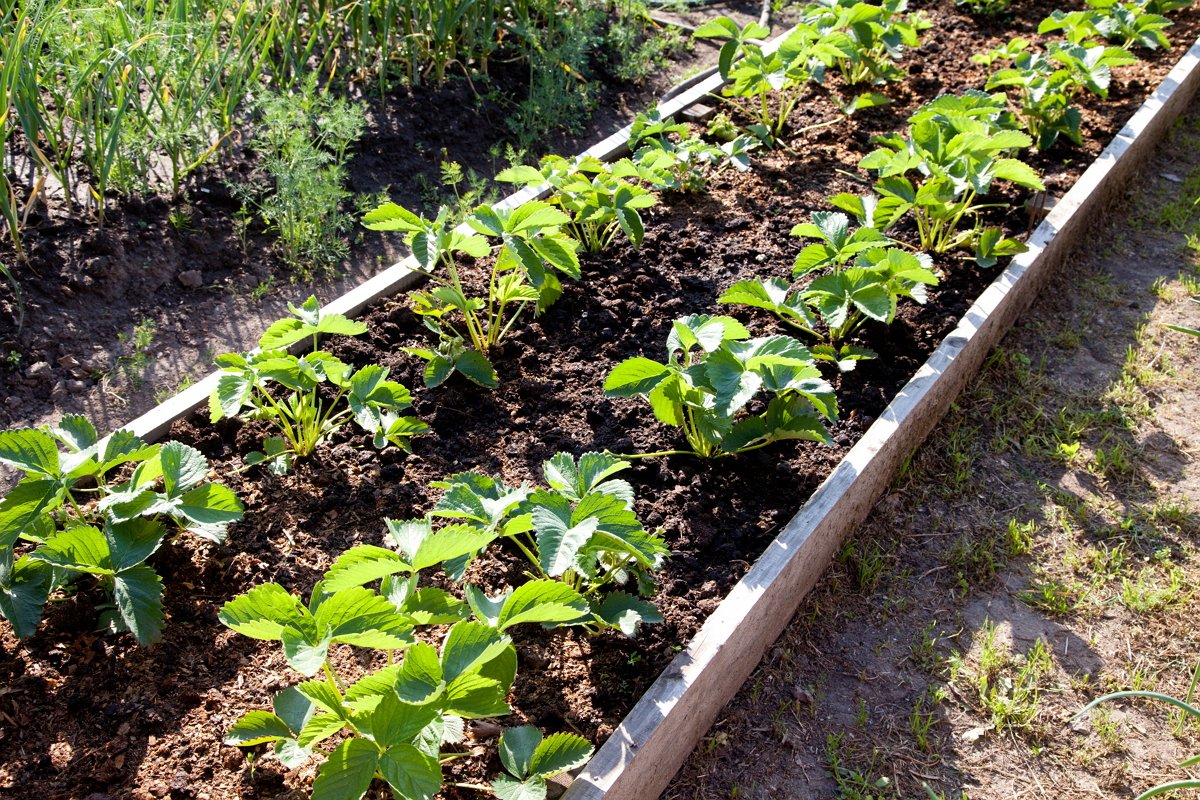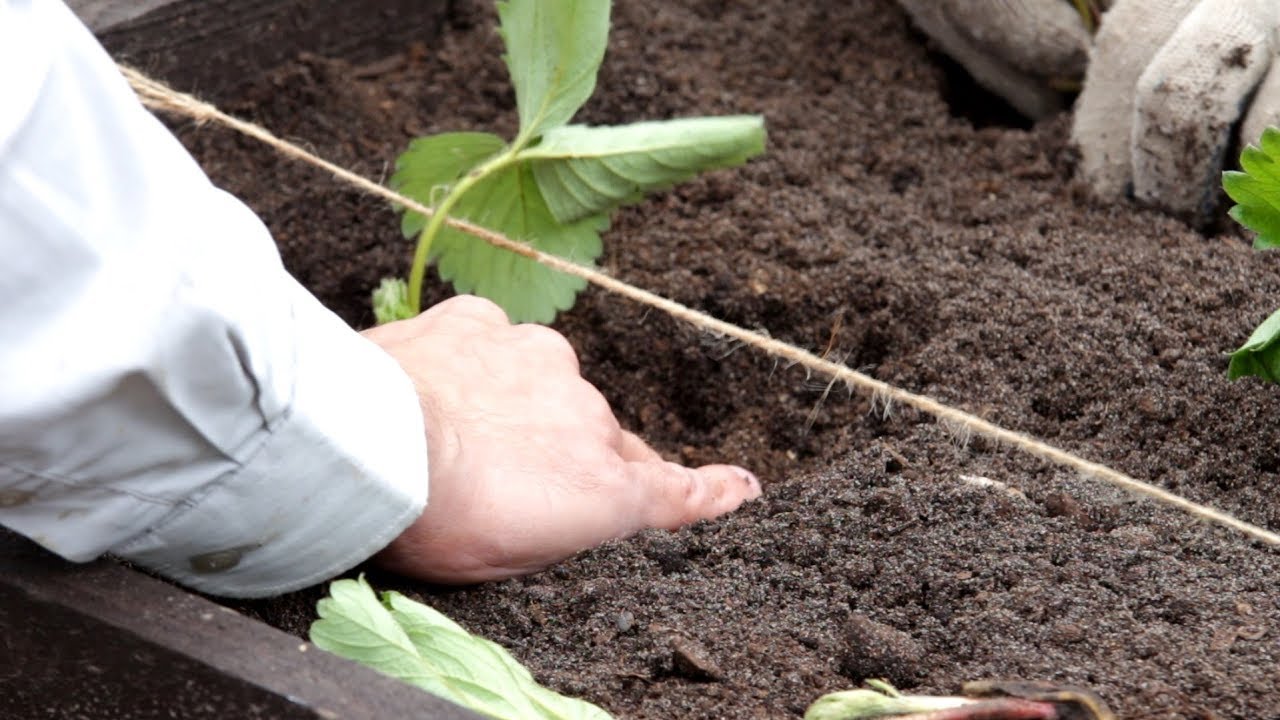What is perlite? This is a volcanic rock, or more precisely, glass of volcanic origin. It differs from other similar natural materials in that when heated to a specific temperature, it can increase its volume from the initial indicator from 4 to 20 times due to the presence of 2-6% of bound water in it.
When perlite is heated to 870 degrees, it bursts like popcorn. This is due to the fact that during the evaporation of bound water, millions of small bubbles are formed in the soft glazed particles. Thus, it can be argued that perlite, the photo of which will be presented below, is a special form of natural glass, which is classified as chemically inert and has a pH of 7.
Characteristics of perlite or agroperlite
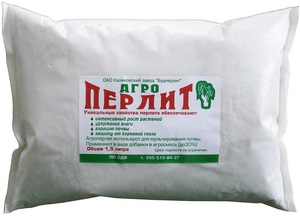 This substance is actively used to loosen the soil, improve its quality characteristics, as well as for moisture and air exchange.
This substance is actively used to loosen the soil, improve its quality characteristics, as well as for moisture and air exchange.
Perlite contributes to the establishment of an air-water balance in the ground, it does not cake and does not thicken, and the earthen lump in the pots of indoor plants is breathable.
What is agroperlite? it perlite rockswollen with a special production technology. It is used for plants.
Thanks to agroperlite indoor flowers excellent drainage is provided, the roots are more evenly distributed over the inner volume of the pot, and the soil is aerated. Plants begin to develop much more actively and bloom more abundantly, receiving sufficient oxygen.
When watering, this substance is able to actively absorb moisture, while its mass increases by 4 times. Subsequently, it will be in small portions give it to the root system plants. The particles that have given water to the flowers begin to gradually take it from other granules filled with liquid.
If the top layer of the substrate suddenly dries up in the pot, a hard film will never appear on it, which will prevent the access of oxygen or water. Perlite will pull the liquid out from below to provide it to the roots on the surface.
Substance properties
 The reflective property of perlite is very important for plants, contributing to their good development. Since it is located in the upper soil layer, it contributes to reflection of ultraviolet rays on the back of the flower leaves.
The reflective property of perlite is very important for plants, contributing to their good development. Since it is located in the upper soil layer, it contributes to reflection of ultraviolet rays on the back of the flower leaves.
Thanks to this, the soil does not overheat, and the roots are well protected from drying out, while maintaining a stable temperature regime.
If heat and moisture in an earthen coma move freely and quickly, then such indicators begin to spread evenly throughout the entire volume of the container.
The heat-conducting properties of the soil directly depend on the density. The smaller it is, the worse is the movement of energy. The loose earth not only heats up slowly, but also gradually cools, which contributes to the safety of the root system from overheating and freezing.
Advantages and disadvantages
Why is this volcanic material so good? Here are its main advantages:
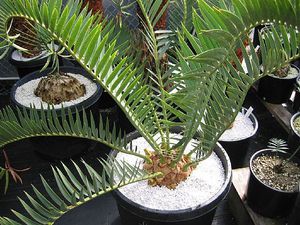 This is a completely clean and sterile material from a biological point of view, free of microorganisms.
This is a completely clean and sterile material from a biological point of view, free of microorganisms.- It is very light and is often used instead of sand for plants with weakened root systems.
- Perlite retains moisture remarkably and transfers it evenly to the roots.
- Since, unlike sand, this material does not cake, it provides excellent moisture and air permeability. The surface of soil containing perlite will never be covered with a hard crust.
- Due to the insulating properties of perlite, the root system of plants does not cool or overheat.
It is necessary to consider the disadvantages of this material:
- Because of the white color of perlite, you can overlook such pests as root and mealybugs, larvae of mushroom mosquitoes in it.
- If a large amount of this material is required, it is best to purchase its cheap counterparts.
- Since the substance has a neutral pH, when a flower is grown in pure perlite, there is a possibility of oversaturation of the soil with alkali, which stops the plant's normal access to nutrients, which negatively affects it.
When working with this substance, one should protect your mouth and eyes from getting into them small particles of this substance.
It is recommended to moisten it with water from a spray bottle, and also rinse it through a fine sieve without immersion in water. Wet perlite will not be able to rise and will not absorb all the moisture. You should work in a respirator... If dust gets into your eyes, rinse them thoroughly.

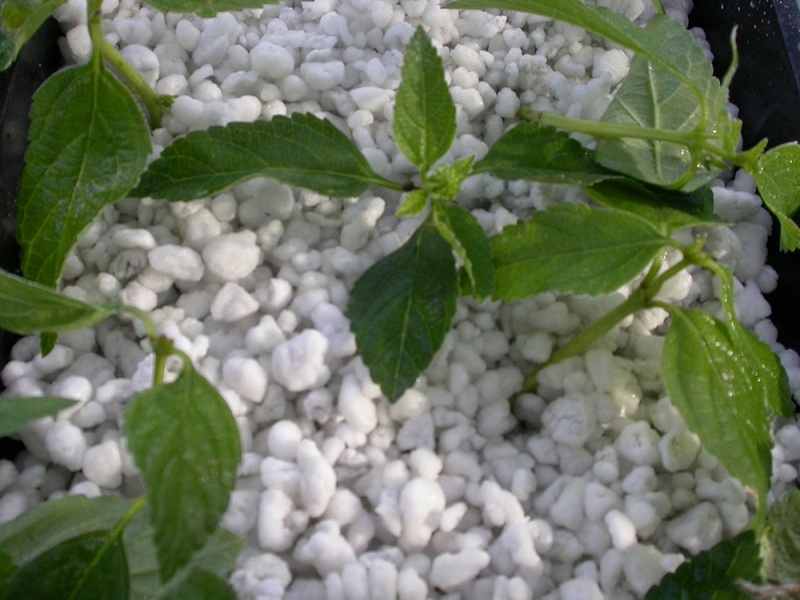
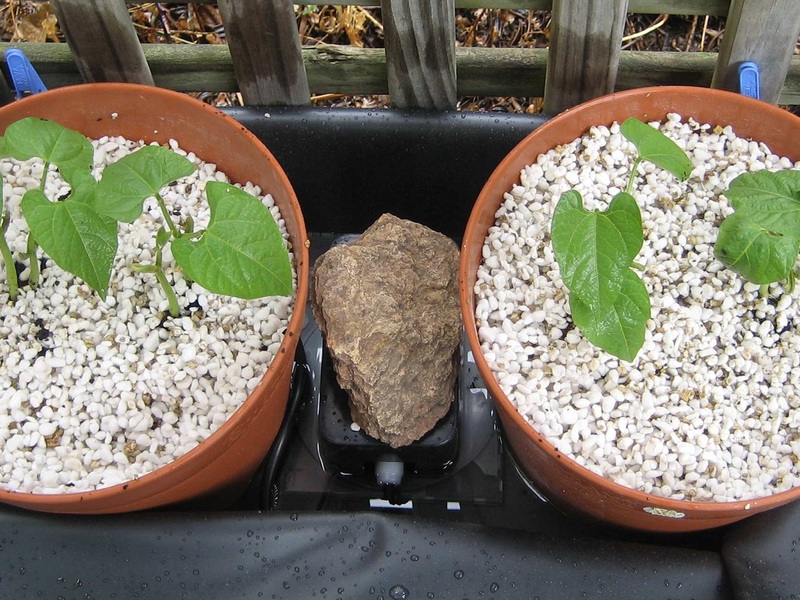
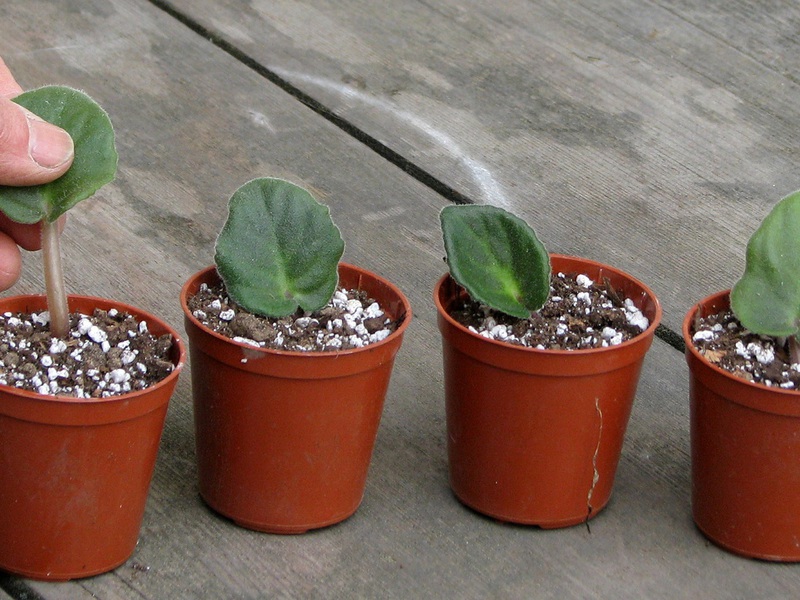

For germinating seeds and rooting cuttings. Perlite is an excellent material for this purpose.
It is best to root cuttings of hydrangeas, azaleas and other capricious plants that require constant but moderate humidity in it. You can safely sprinkle them with seeds that are not sprinkled in ordinary soil.
For air humidification and drainage... Perlite is a first class drainage system. But the fine fraction of the granules allows it to be used mainly for small pots.
For plants that need high humidity, it is used as a humidifier: it is poured into a tray, moistened with water and a pot is placed on it. Perlite is also used as a mulch for garden and indoor plants.
Use for air exchange... Since plants are able not only to absorb, but also to excrete various products, they need air exchange to form roots.
Thanks to its special structure, perlite helps to save free spaces that are filled with air and water. This allows the cuttings to not rot in such material, unlike water or soil.
How else can you use perlite?
To reduce the risk of seedling disease, perlite is often combined with the following substances:
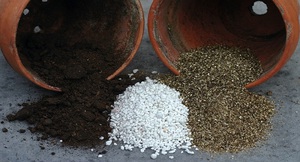 vermiculite;
vermiculite;- priming;
- sand;
- sphagnum moss;
- peat.
Since perlite is not a nutrient medium, in order to create a useful microflora, such a composition requires additional deposit nutrient solutions and organic fertilizers.
It is good to soak seeds for germination in such material, mulch when growing seedlings, so that the soil remains moist for as long as possible.
Germination of light-sensitive seeds, which are not recommended to be covered with soil, can be covered with perlite. It is able to transmit a small part of the sun's rays, therefore it is used as a substrate for plants with a superficial root system. These are mainly orchid and bromeliad epiphytes.
This material is used as drainage for flower pots small size, also for mulching to prevent overheating of the soil. The porous structure of perlite is ideal for large plants grown in large containers. Due to its low weight, their transportation is much easier.
Thus, perlite, the photo of which is presented in the article, is a wonderful material for plants. It is used even for very capricious flowers. It is especially valuable because able to retain moisture, after which it gradually gives it to the root system, protecting it from drying out.
